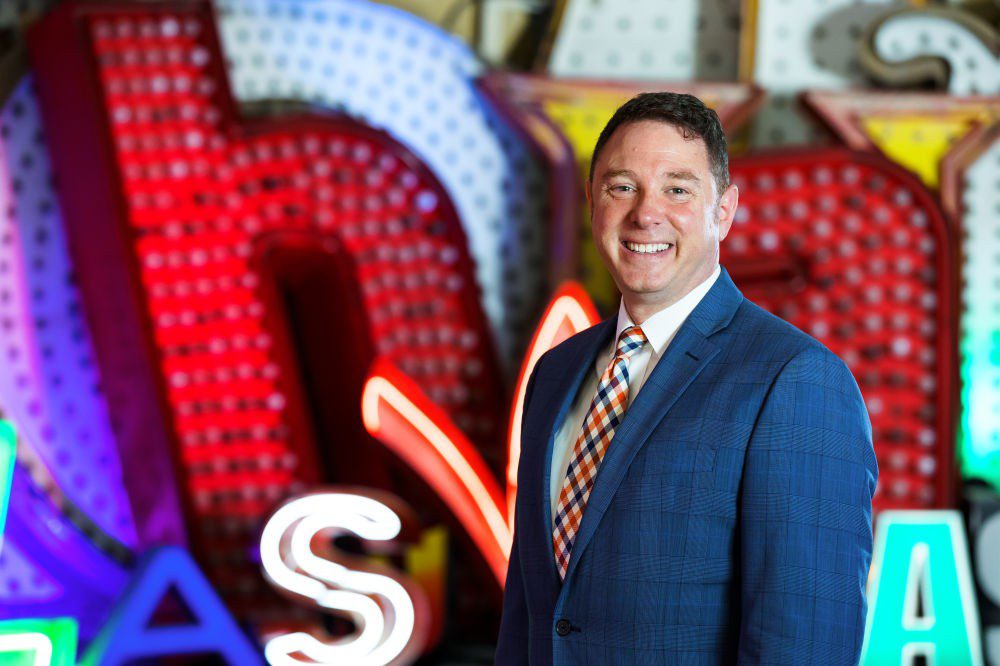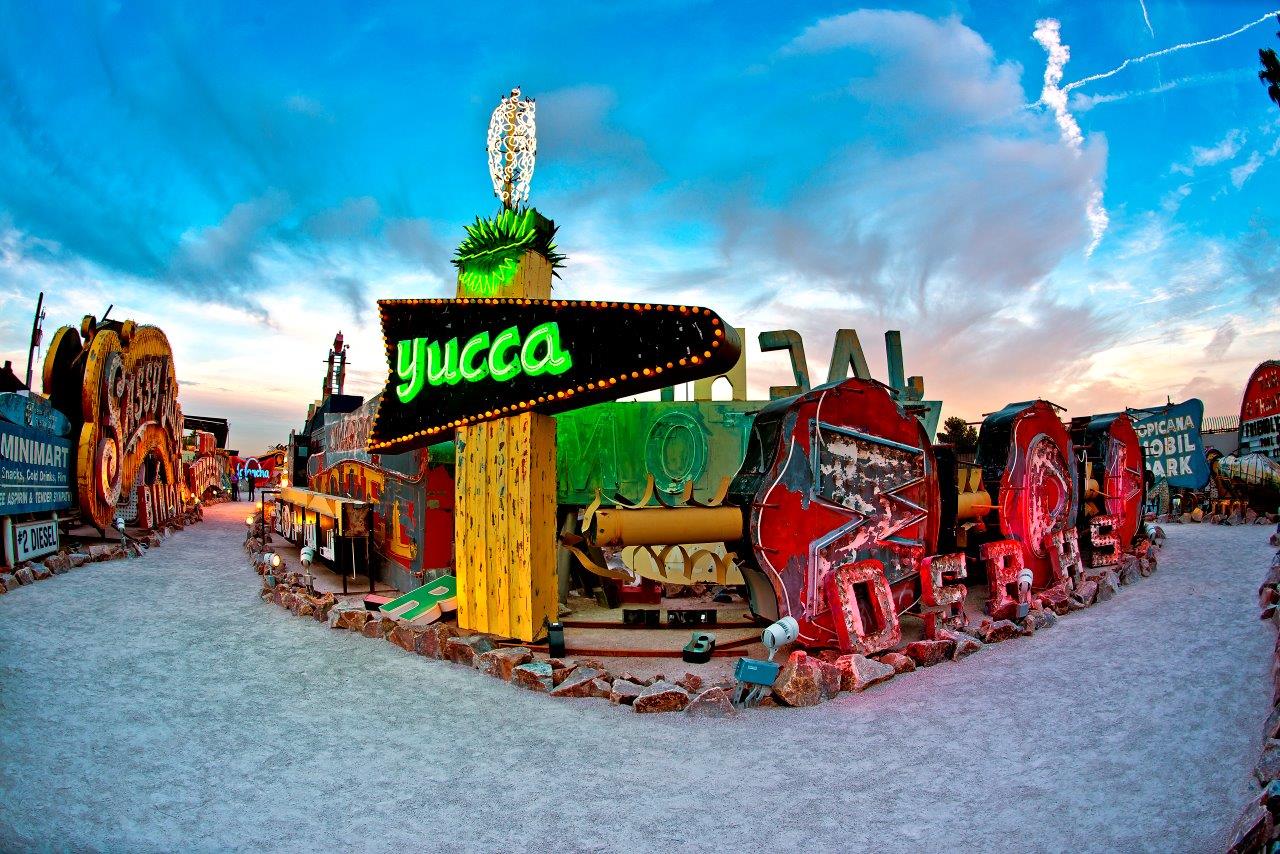Most museums need excellent lighting to feature their collections.
The Neon Museum in Las Vegas only comes alive after dark. That’s when the ghosts of the fabled city’s past come alive in the Neon Boneyard. A collection of vintage neon signs, some restored, some in need of repair, from famous attractions including the Stardust, the Moulin Rouge and the Sahara and from less noted sites including the Clark Inn and Red Barn. They emerge from the shadows after dusk, a dazzling retrospective of Vegas’ past.
“There are a lot of neon institutions, and a lot of artists,” says Neon Museum Executive Director Aaron Berger. “There are new neon institutions opening around the world. But no one tells a neon story like Las Vegas.”
“It’s the skyline of Las Vegas,” adds Chief Marketing Officer Dawn Merritt.
The Neon Museum recently received accreditation from the American Alliance of Museums. Of the approximately 30,000 museums in the United States, only 3,000 have earned accreditation from the AAM. Other museums that have earned the honor include the Metropolitan Museum of Art in New York, the J. Paul Getty Museum in Los Angeles, and Colonial Williamsburg in Virginia.
“The Neon Museum is a truly unique institution,” the AAM stated in its accreditation commendation. “The professionalism of the staff and invigorated education team, combined with the iconic Las Vegas sign collection, make The Neon Museum a leader in the care and collection of these objects.”
One of the remarkable things about the designation is the relative newness of the Neon Museum. Founded in 1996, it only moved to its current location on Las Vegas Boulevard in 2012. Merritt says because of the enormity of the displays, visitors often want to touch or play on them, forgetting their historic value.
The recognition from the AAM will help emphasize the value of the collection.
“We’re not your typical museum,” Merritt says. “We’re not inside a building with our collection behind velvet ropes. People lose sight of the fact that we are a museum, a non-profit organization. For us to become accredited, it validates us as a museum.”
The mission of any museum is not only to preserve history but also to educate visitors. The dynamism and brilliance of the signs is most apparent after sunset when they are either turned on or illuminated with ground lighting.
But the stunning visuals are only part of the story. Berger says 250,000 visitors from all parts of the world also get to learn about the history of Las Vegas.
“To have them come through and learn about the role women played in sign-making,” Berger says, “the role of integration and the story of the Black community in Las Vegas, to understand the Indigenous peoples’ story, to understand the LGBTQ story, to gain these perspectives and really unique insights, is something that separates us as a museum much more so than as an attraction.”
The honor not only confers national recognition on the Neon Museum but also enables it to host exhibitions and works of art from other accredited institutions. It also emphasizes the museum’s core mission: to preserve Las Vegas’ history for decades to come.
“The goal of any museum is to ensure that its collection outlives all of us,” Berger says. “These signs and items that are in our archives and collections as a whole, need to outlive our staff and the current generation and so that generations to come can learn from these materials. Accreditation ensures that these items will be around for generations to come.”





